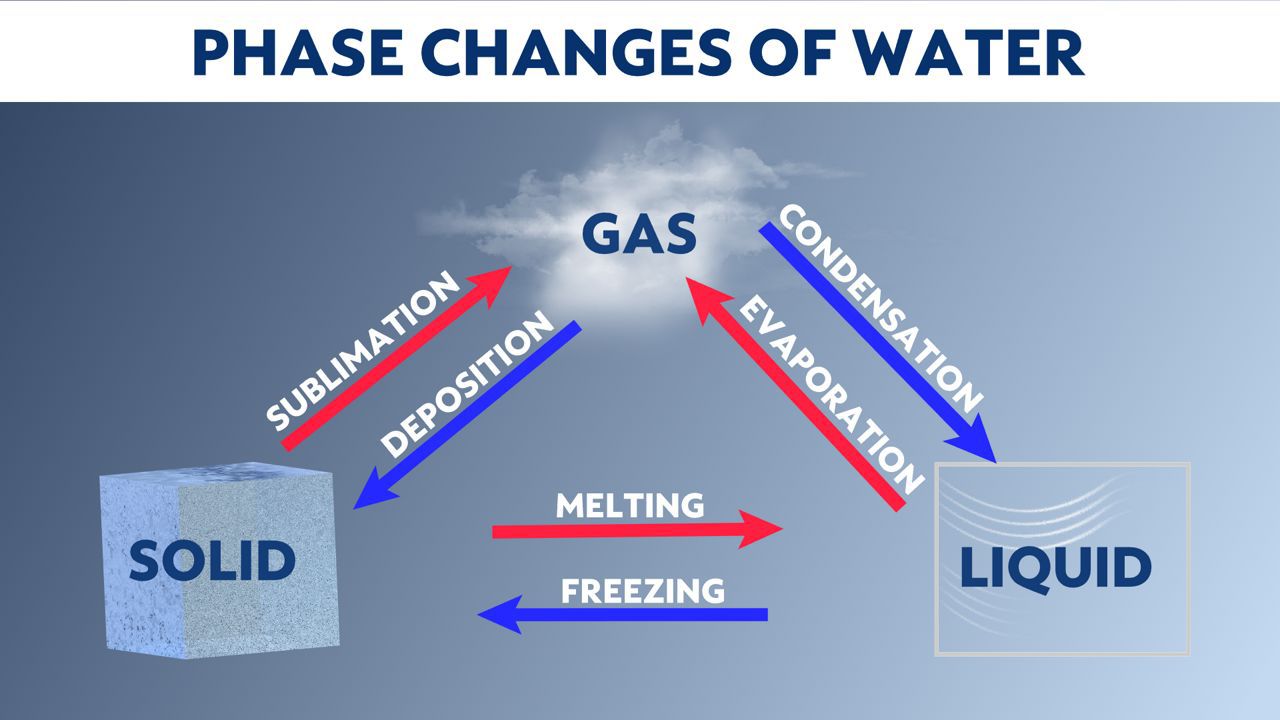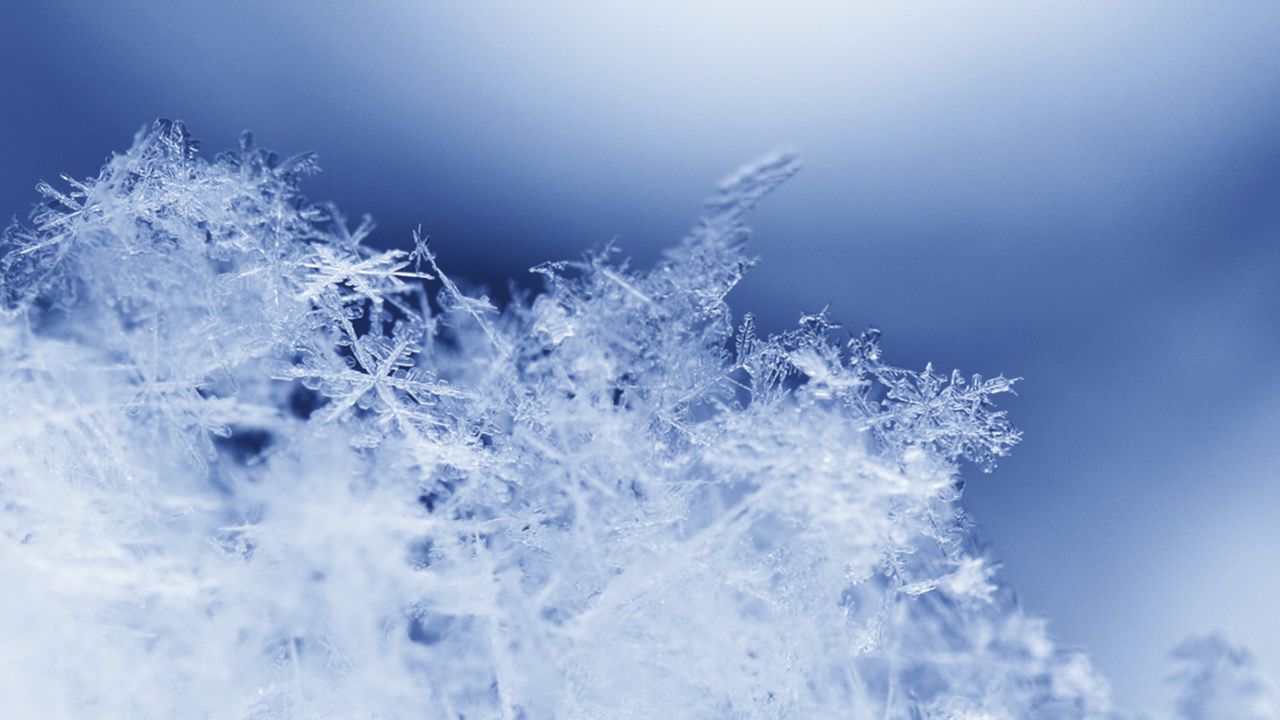A big storm will impact millions of people this weekend. Meteorologists are having difficulty pin pointing snow accumulations due to the fact that this won’t be an all snow event in cold temperatures.
This storm will move into marginal air, bringing a mix of rain, snow and sleet to lots of big cities.
Snow accumulations will range anywhere from a slushy inch to over a foot.
Not all snow is created equal. Snow at 32 degrees is quite different than snow at 20 degrees.
The general rule of thumb is that one inch of liquid equals 10 inches of snow for temperatures around freezing. However, with temperatures around 20 degrees, that ratio drops to one inch of liquid equals 20 inches of snow.
Temperatures above freezing can produce snow, but that ratio can be as small as one inch of liquid equals 5 inches of snow. So how does this occur? How can we have snow when it is above freezing?
All precipitation begins in the cloud as snow. The transition to rain, sleet or freezing rain occurs as that snowflake falls through the layers above the ground. Most flakes fall at a speed of 3 to 5 mph.
The temperature of the environment the snowflake is falling will determine if it melts or stays frozen. It is this phase change and the speed of the flake that keep it frozen in an environment above 32 degrees.

Let’s revisit the three phases of water. We have liquid, solid and gas. Snow is a solid state but as it falls and melts, it changes to a liquid state.
In order for this change to occur, heat energy (latent heat) is absorbed.
This heat is from the environment surrounding the snowflake and even the snowflake itself, so in the process of absorbing this heat and melting the snowflake, it actually cools the snowflake and the environment surrounding the snowflake.
If a snowflake is falling faster than its leisurely pace, it can actually cool the environment further by evaporating out that liquid into a gas.
This means a melting snowflake will create a cooling effect on its environment above the ground, and it can snow even when temperatures are reading 40 degrees at the ground.



